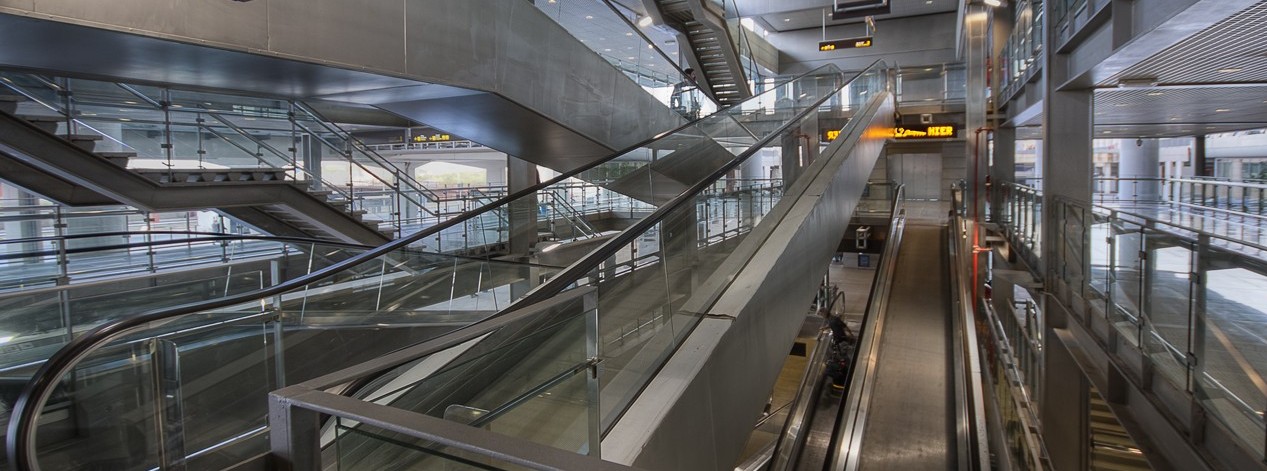A bird crossing the River Tay in direction to Perth city.
Perth (Scottish Gaelic: Peairt) is a town and former city and royal burgh in central Scotland. Sitting on the banks of the River Tay, it is the administrative centre of Perth and Kinross council area and the historic county town of Perthshire. According to an estimate taken in 2008, Perth has a population of 44,820. Perth has been known as The Fair City, since the publication of the story, Fair Maid of Perth by the Scottish writer Sir Walter Scott in 1828. During the medieval period, the town was also given two alternative names, St. John’s Toun or Saint Johnstoun by its Scots-speaking inhabitants in reference to the main church dedicated to St John The Baptist.
The name Perth derives from a Pictish-Gaelic word for wood or copse. There has been a settlement at Perth since prehistoric times, which was probably on a site where a river crossed a slightly raised mound on the west bank of the River Tay. The area surrounding the modern town has been known to have been occupied by Mesolithic hunter-gatherers since their arrival more than 8,000 years ago. Nearby Neolithic standing stones and circles also exist, dating from about 4000 BC, following the introduction of farming in the area.
The presence of Scone Abbey, home of the Stone of Destiny where the King of Scots was crowned, enhanced the early importance of the town. Perth became known as an effective ‘capital’ of Scotland, due to the frequent residence of the royal court. Royal Burgh status was soon given to the town by King William The Lion in the early 12th century. The town became one of the richest burghs in the country, doing trade with countries like France, the Low Countries and Baltic Countries for goods such as Spanish silk and French wine.
The Scottish Reformation also played a big role in the town with the sacking of the Houses of the Greyfriars and Blackfriars, after a sermon given by John Knox in the St John’s Kirk in 1559. The Act of settlement later brought about Jacobite uprisings. The town was occupied by Jacobite supporters on three occasions (1689, 1715 and 1745). The birth of Perth Academy in 1760, brought major industry to the town, such as Linen, leather, bleach and whisky. Given its location, Perth was perfectly placed to become a key transport centre with the coming of the railways. The first railway station in Perth was built in 1848.
Today, Perth serves as a popular retail centre for the surrounding area. This includes a main shopping centre along with a pedestrianised high street and many independent and specialist shops on offer. Following the decline of the Whisky, the economy of the town has now diversified towards insurance and banking. The Royal Bank of Scotland, Aviva and Scottish and Southern Energy are all now major employers in Perth.
Perth, Scotland (UK)
Panasonic DMC-FX9 @ 5.8 mm | f5.6, 1/800s, ISO 80.






